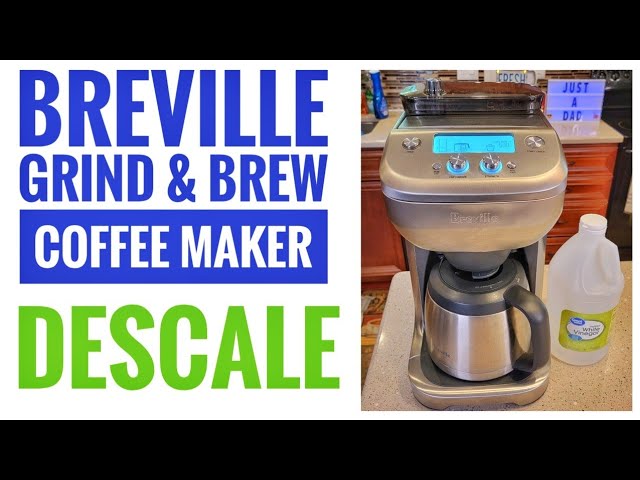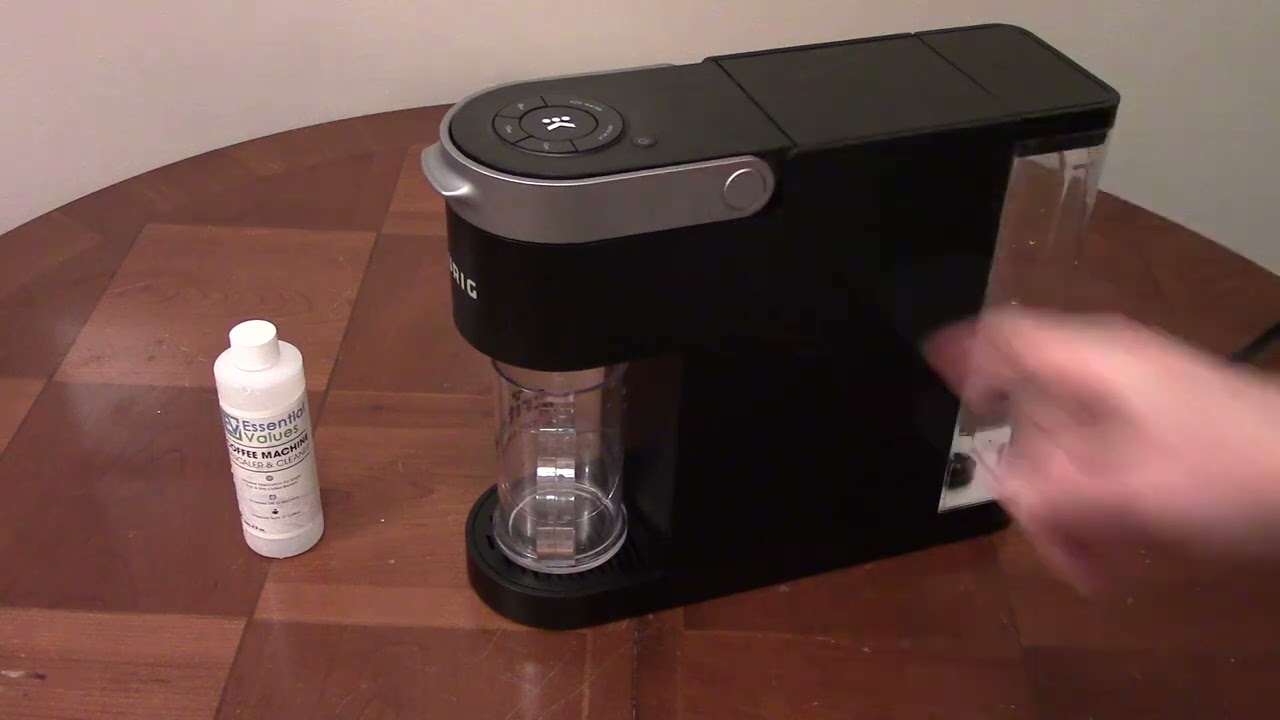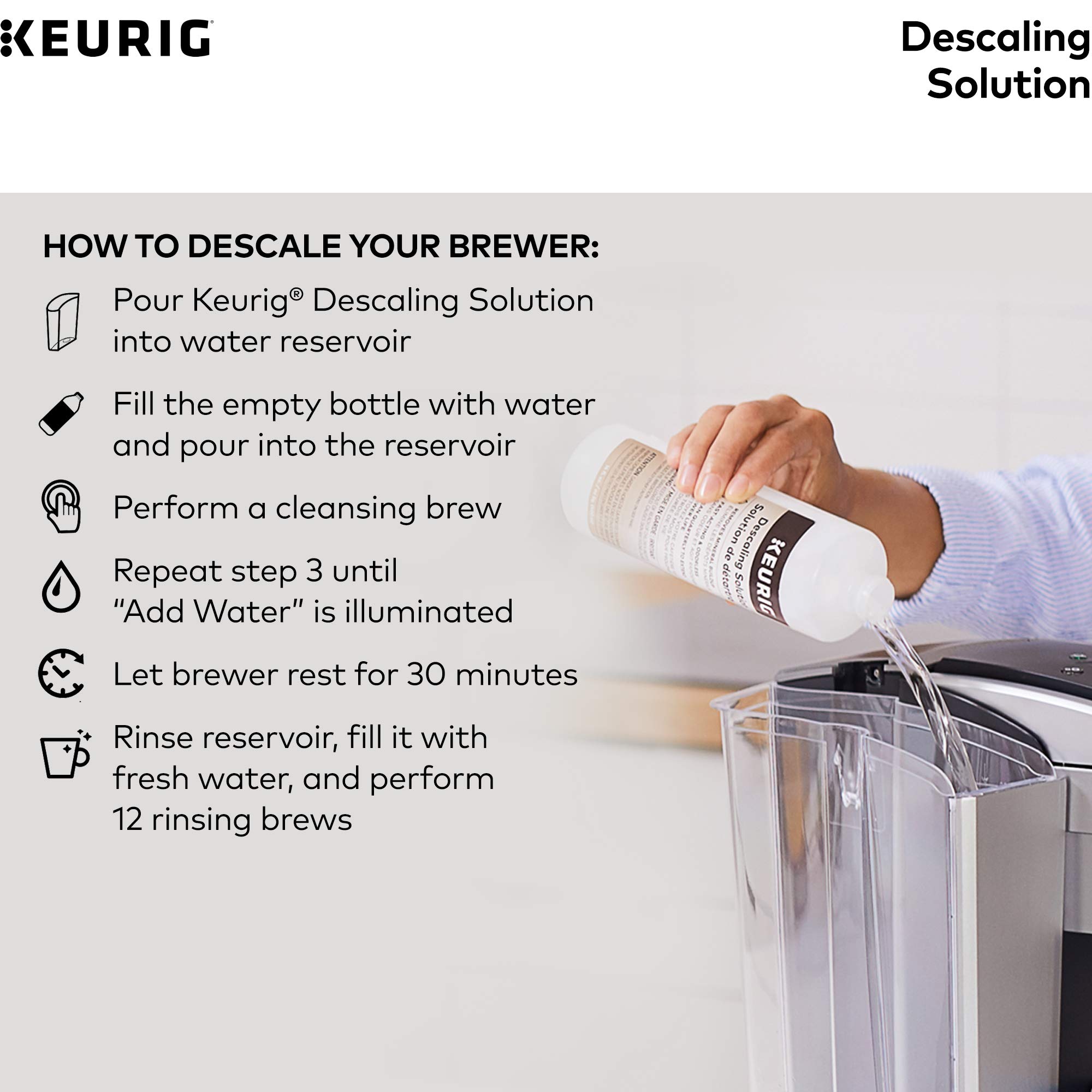Understanding Water Hardness Levels: Testing and Monitoring for Effective Solutions
Purchasing products via the links in our article may result in us earning a commission, but rest assured, this does not influence our editorial independence.
Water hardness is a common issue that affects many households. Understanding the impact of water hardness levels, testing methods, and effective softening solutions is crucial for maintaining a healthy and efficient water supply.
In this article, we will delve into the intricacies of water hardness, testing, monitoring, and softening methods to provide you with valuable insights for addressing this concern.
What is Water Hardness?
Water hardness refers to the mineral content in water, primarily caused by the presence of calcium and magnesium ions. This can lead to various issues such as scale buildup in pipes, reduced lathering of soaps, and the formation of soap scum. The impact of water hardness on daily life can be significant, affecting everything from household chores to the lifespan of plumbing fixtures and appliances.
Testing Water Hardness
Testing water hardness is essential to determine the appropriate measures for softening the water. There are different methods for testing water hardness, including test strips, liquid test kits, and electronic testing devices. Each method has its own advantages and can provide accurate results when used correctly.
Importance of Testing Water Hardness
Testing water hardness allows homeowners to understand the severity of the issue and make informed decisions about water softening solutions. It also helps in preventing potential damage to plumbing and appliances caused by untreated hard water.
Different Methods for Testing Water Hardness
- Test Strips: These strips are dipped into a water sample and change color based on the hardness level.
- Liquid Test Kits: Liquid reagents are added to a water sample, and the resulting color indicates the hardness level.
- Electronic Testing Devices: These devices provide digital readings of water hardness levels, offering precise measurements.
Steps for Conducting a Water Hardness Test
- Collecting a Water Sample: Use a clean container to collect a sample of water from the source.
- Using the Testing Method: Follow the instructions provided with the chosen testing method.
- Interpreting the Results: Compare the test results with the standard water hardness scale to determine the level of hardness.
Understanding Water Hardness Levels
Water hardness is measured in parts per million (ppm) or grains per gallon (GPG). These measurements help in interpreting the hardness levels, which can range from soft to very hard. Each level has distinct effects on household appliances and plumbing, emphasizing the need for appropriate softening methods.
Measurement Units for Water Hardness
- Parts per Million (ppm): This unit measures the weight of minerals per million parts of water.
- Grains per Gallon (GPG): It indicates the weight of minerals per gallon of water.
Interpreting Water Hardness Levels
- Soft Water: Contains minimal mineral content and is ideal for household use.
- Moderately Hard Water: Begins to show signs of mineral buildup and reduced soap lathering.
- Hard Water: Contains a high mineral content, leading to visible scale buildup and reduced appliance efficiency.
- Very Hard Water: Poses severe issues with scale buildup and can significantly impact appliance lifespan.
Effects of Different Hardness Levels on Household Appliances and Plumbing
The varying hardness levels can result in scale buildup in pipes, reduced efficiency of water heaters, and the formation of soap scum on surfaces. Understanding these effects is crucial for implementing suitable water softening solutions.
Monitoring Water Softening Systems
Monitoring water softening systems is essential to ensure their effectiveness in mitigating water hardness. Signs of ineffective water softening, such as scale buildup and soap scum, indicate the need for maintenance and potential adjustments to the softening process.
Importance of Monitoring Water Softening Systems
Regular monitoring helps in identifying issues early and maintaining the optimal performance of water softening systems.
Signs of Ineffective Water Softening
- Scale Buildup: Accumulation of mineral deposits in plumbing fixtures and appliances.
- Soap Scum: Formation of a sticky residue on surfaces after using soap.
- Stiff or Scratchy Laundry: Clothes feel rough and less comfortable after washing.
Regular Maintenance of Water Softening Systems
- Checking Salt Levels: Ensure that the salt levels in the water softener are adequate for the softening process.
- Cleaning the Brine Tank: Regular cleaning of the brine tank prevents salt buildup and maintains system efficiency.
- Inspecting for Leaks and Malfunctions: Periodically check for leaks and malfunctions in the water softening system to address issues promptly.
Effective Softening Solutions
Implementing effective water softening methods is crucial for addressing different hardness levels. Ion exchange water softeners, salt-free water softeners, and reverse osmosis systems are among the popular solutions for softening hard water.
Water Softening Methods
- Ion Exchange Water Softeners: These systems replace calcium and magnesium ions with sodium ions, effectively softening the water.
- Salt-Free Water Softeners: Utilize potassium chloride instead of sodium to prevent scale buildup without adding salt to the water.
- Reverse Osmosis Systems: Employ a semi-permeable membrane to remove mineral ions, providing high-quality softened water.
Choosing the Right Water Softening System for Specific Hardness Levels
Selecting the appropriate water softening system depends on the hardness level of the water supply. Each system has its own advantages and is suitable for different scenarios.
Benefits of Effective Water Softening
Effective water softening not only prevents scale buildup and prolongs the lifespan of appliances but also improves the lathering of soaps and enhances the overall quality of water for household use.
FAQs about Water Hardness and Softening
What are the health effects of hard water?
Hard water can lead to dry skin and hair due to the mineral content, but it is generally safe for consumption.
Can water hardness vary within the same household?
Yes, water hardness can vary based on the source of water, such as well water or municipal water supply.
How often should water hardness be tested?
It is recommended to test water hardness at least once a year, or more frequently if issues arise.
Are there natural ways to soften water?
Boiling water can remove temporary hardness, while adding lime can reduce the effects of permanent hardness.
What are the environmental impacts of water softening systems?
Water softening systems can lead to increased sodium levels in wastewater, potentially impacting the environment. However, salt-free systems offer a more environmentally friendly alternative.
Conclusion
Understanding water hardness levels, testing methods, and effective softening solutions is crucial for maintaining a healthy water supply. Regular testing and monitoring of water hardness levels, along with the implementation of suitable softening methods, are essential for addressing this concern. By taking proactive measures, homeowners can ensure the longevity of their plumbing and appliances while enjoying the benefits of softened water.
For more information on water softening and related topics, visit the following links:
– Descaler vs. Water Softener
– Descaler for Tankless Water Heaters
– Hard Water vs. Soft Water
– Effects of Hard Water on Hair
– Best Water Softener Products
– Water Hardness by Area and Zip Code
By exploring these resources, you can gain further insights into water hardness and effective softening solutions.
Michael Smith
Michael Smith is a chemical engineer who specializes in water treatment and descaling solutions. He has a wealth of knowledge on the science behind descaling and the various methods and products available. He is dedicated to educating others on the importance of descaling and maintaining their appliances through his blog, Descaler Genius.




